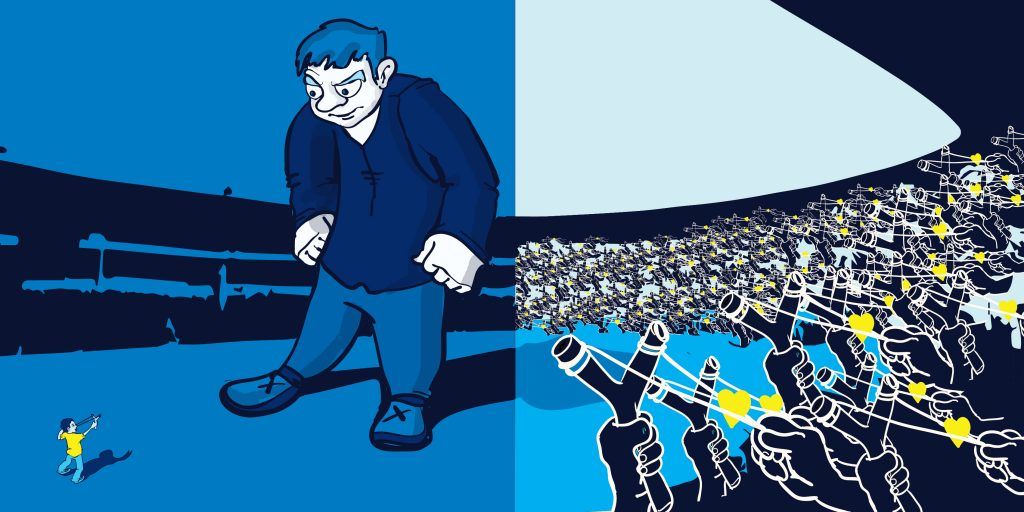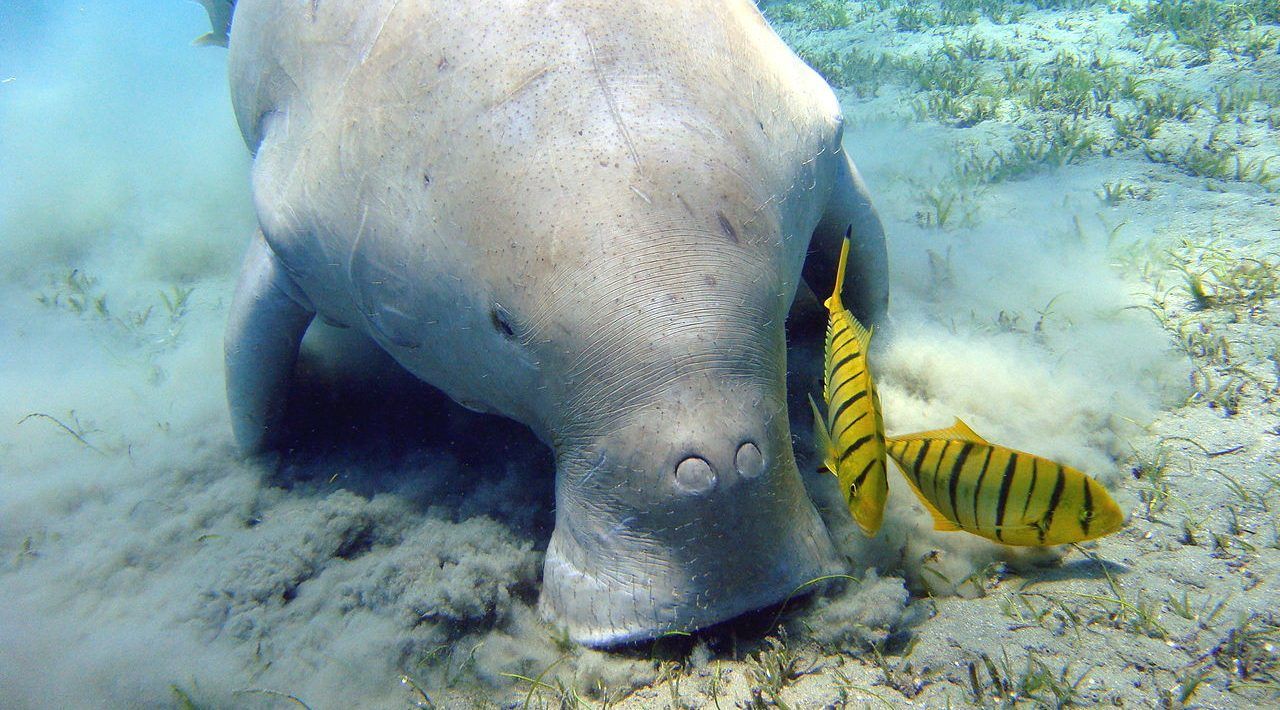
The 5th Shift Greenpeace is trying to make in its quest to become a more modern and open organization is from being a lone hero to becoming a hero among heroes. This was the topic in our community call yesterday, which is a biweekly online meeting a group of activists use to discuss story as a theory of change and the Greenpeace culture, both internal and public perception of that culture.
We kicked off the conversation when Joe said that he though this was the most interesting and also the most tricky shift to understand.
“People have a sense of stopping being a hero all together, and letting others become the hero. But it’s supposed to be us with others, not that we step back completely. “
There is a balance between being heroic and taking anonymous part in a campaign or action. This balance is a tricky line to walk when you’re a multinational, well known brand like Greenpeace is. Everything Greenpeace does is scrutinized by the press, opponents and the public. Every time Greenpeace makes a mistake, it’s magnified a thousand fold, it blows out of proportion, out of control. Even if Greenpeace tries to step back from an action or campaign to allow others to stand in the spotlight, the light can sway and shine directly on the known brand.
We talked about a financial responsibility and ways to partner with individuals and organizations that make it clear that everyone has an equal part. Then we considered that sometimes the Greenpeace brand brings a legitimacy that wouldn’t be possible without us.
Next, we talked about examples from Greenpeace campaigns and actions. While we all have enthusiasm for bringing others along, the organization might not know how to do it just yet. There are a smattering of examples in which Greenpeace stood side by side with another org/orgs or works directly with individuals:

- the Kayaktivist campaign is probably the best example. This campaign invited other folks to act with us in the spirit of collaboration. Much of the thinking and movement building was embedded in the campaign plan. We knew we wouldn’t stop the rig, but we used the presence to broadcast the message (no fear of failure).
- Late last year among geo-political tensions and obstacles from the Japanese government, the Rainbow Warrior helped call attention to Okinawans who had been protesting the construction of a military airstrip in the last known habitat of the dugongs. Mike, who was on the voyage, said “That was one of my all time highlights. We arrived with loads of obstacles with the government, but the islanders were really happy to see us. We had many restrictions to what we could do. In the end, despite the barriers of language, simply sharing in food and dance and celebration with the warriors…we could have done so much more. Hugely uplifting, every member of the crew had a story. The Okinawans had a great sense of uplifting from meeting another band of warriors.”
- Our recent work in the Mediterranean to help Doctors Without Borders rescue refugees is another example where Greenpeace has been a hero among heroes.

Greenpeace Canada has offered Community Direct Action Trainings, Greenpeace UK has used fronted organizations to help individuals run NVDA, Greenpeace and 350.org have danced on the beach together…clearly, we’re collaborating. Now it’s just a matter of making sure that everything we do is among other activists.
This lead us into a conversation about how “activism” is defined narrowly inside of Greenpeace, and how we need to think about activism more wholeheartedly. Steve spoke passionately about his experience at the Open Leadership Institute in South Africa last month. I wrote a proposal for Steve, the Media Library Manager at Greenpeace, with the hope that being around Creative Commons people and learning about open culture would help him. Greenpeace needs to modify policies towards the vast library of assets and resources Greenpeace currently owns traditional copyrights on. There is so much in this library that would be beneficial to the public, the information needs to be set free.
Steve learned that,
“There are things we can do to be genuinely open. I was there to learn this, whatever challenges we face, open culture already embraces over a billion creative works. Its a difference in mindset.”
The way he spoke, I knew he got the Open bug, so huge shoutout to the activists at Creative Commons. Greenpeace served to inspire everyone at the Open Leadership Institute too – by chance, the Esperanza was in town towards the end of the week. Steve took the participants, who had been talking about volunteerism and participation all week, into the heat of the African sun to see the ship. A guy, stereotypical Greenpeace looking guy with dreads and hippiesque clothes, was shot-blasting the boat. They said hello, and asked about the ship, but he wasn’t crew, he was volunteering. He heard the ship was coming to Cape Town for refitting, and he went out to see how he could help.
“I tried to express gratitude and he said “No, I’m grateful to everything Greenpeace does. We need to get the ships back out there!!”
Steve said. At the end of our call, we were reminded of all the good in the world. #Success!
Join us, biweekly. Talk to Greenpeace, talk to each other. Be a hero among heroes.
